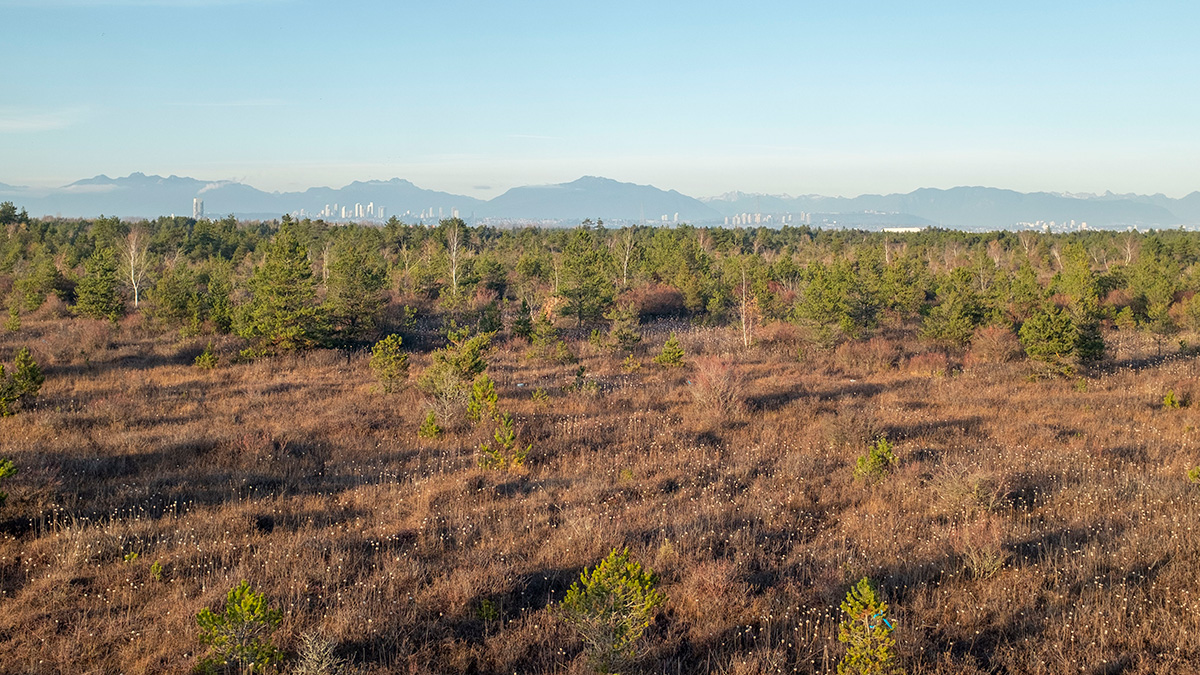Source: Journal of Geophysical Research: Biodgeosciences
Peatlands are important players in the global carbon cycle, storing vast amounts of carbon in the ground. Water keeps bog soils wet and anaerobic, which facilitates this storage and keeps the ecosystem thriving.
When bogs are drained or otherwise dry out, peatland ecosystems suffer. Drier conditions also mean that stored carbon is released into the atmosphere as carbon dioxide, contributing to climate warming.
Previous research has suggested that rewetting dry peatlands is a way to restore ecosystem health, reduce carbon dioxide release, and increase carbon storage within these environments. However, adding water to a bog can increase emissions of methane, a greenhouse gas far more potent than carbon dioxide. The balance of carbon dioxide and methane storage and release in restored peatlands also depends on site conditions such as soil temperature and plant communities.
To better understand carbon exchanges in peatlands undergoing different restoration and rewetting approaches, Nyberg et al. studied two sites—a wetter, actively rewetted site, and a drier, passively rewetted site—in a bog near Vancouver, B.C., Canada. The researchers monitored environmental conditions at both sites and evaluated carbon dioxide and methane fluxes. After 1 year, they found that the wetter site served as a weak carbon dioxide sink, albeit with relatively high methane emissions, whereas the drier site was nearly carbon neutral.
Forward modeling suggested that both sites are likely to be net contributors to climatic warming on 20- and 100-year timescales, with methane emissions offsetting carbon dioxide storage, particularly at the wetter site. However, over multiple centuries, the modeling indicated that sustained greater uptake of carbon dioxide at the wetter site would eventually win out and the site would have a greater net cooling effect on the climate.
The researchers note that overall, restoration at both sites was beneficial for climate, and they point out that their results are useful in guiding peatland restoration and land management decisions. (Journal of Geophysical Research: Biogeosciences, https://doi.org/10.1029/2022JG006881, 2022)
—Sarah Derouin, Science Writer

